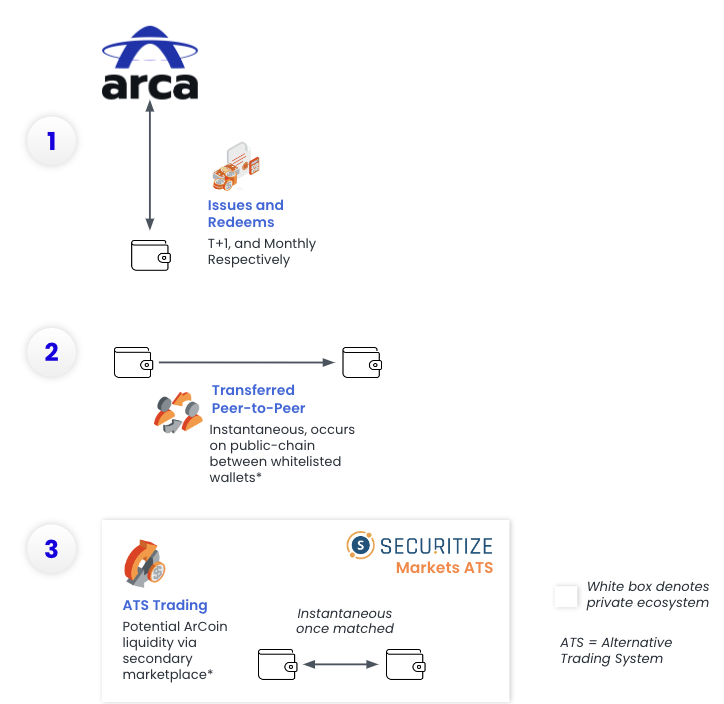Research Summary
This report discusses Ethereum co-founder Vitalik Buterin’s recent emphasis on “statelessness” as a solution to the challenges of Ethereum’s growing state. The concept of statelessness, along with related concepts such as state expiry, history expiry (EIP-4444), Verkle trees, and address space expansion/compression, are explored as potential pathways to address state-related issues in Ethereum. The report also highlights the challenges of implementing these solutions.
Key Takeaways
Understanding the Concept of State in Ethereum
- Definition of State: In Ethereum, “state” refers to a comprehensive ledger that includes all externally owned accounts (EOAs), their balances, deployed smart contracts, and related storage. This state is not static and expands continuously with the addition of new users and the deployment of new smart contracts.
- State Bloat: The continuous growth in storage requirements raises hardware demands for running full nodes, contributing to the centralization of validators. This phenomenon is often referred to as “state bloat.”
- Centralization of Nodes: Centralization of nodes is one of the biggest problems facing the Ethereum network and should be addressed by making node operation cheaper and easier.
Proposed State Solutions
- Statelessness: The core idea of statelessness is to externalize state data, eliminating the need for each node to store the complete state. This significantly reduces the storage burden on nodes, improves network scalability, and allows more nodes to participate in validation while maintaining Ethereum’s decentralization.
- Verkle Trees: Ethereum plans to transition to Verkle trees, a more efficient data structure that excels in generating smaller proofs, to hash and compress state data.
- History Expiry (EIP-4444): EIP-4444 aims to implement history data expiry, requiring nodes to stop hosting historical blocks on the peer-to-peer network after a year. This significantly reduces disk space requirements for node operators.
Challenges in Implementing State Solutions
- State Expiry: Stateless mode eliminates the necessity for validators to maintain the complete state when verifying blocks. However, the state doesn’t disappear; its continuous growth remains a long-term challenge for the network.
- Changes in Ethereum’s Address Format: The implementation of state expiry involves changes in Ethereum’s address format. Currently, there are two proposals: address space extension and address space compression. Both proposals present their own set of challenges.
Actionable Insights
- Exploring State Solutions: The Ethereum community should continue exploring and testing the proposed state solutions to address the challenges of state bloat and centralization of nodes.
- Addressing Implementation Challenges: The community needs to address the challenges associated with implementing state expiry and changes in Ethereum’s address format.
- Maintaining Decentralization: While implementing these solutions, it is crucial to maintain Ethereum’s decentralization and lower the barrier to entry for running nodes.












